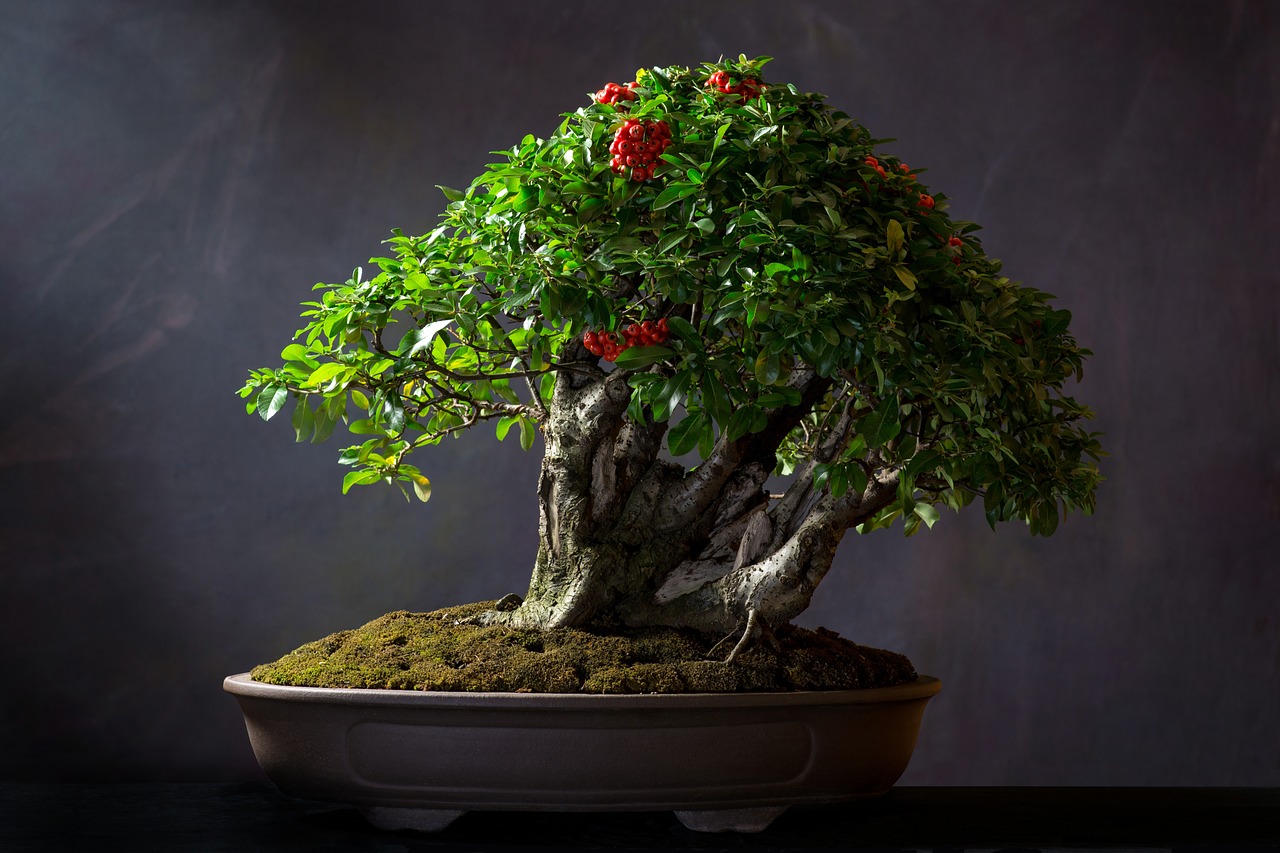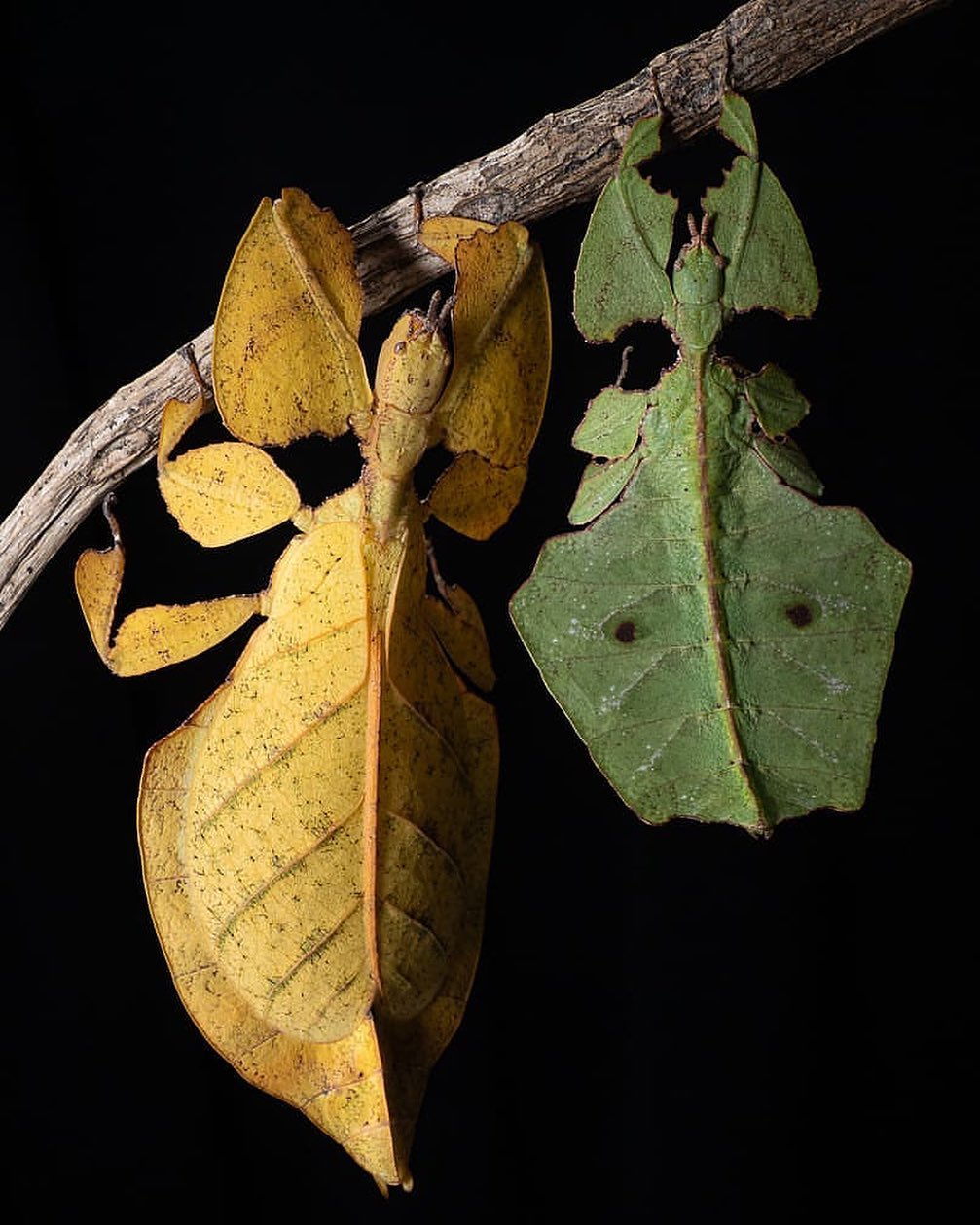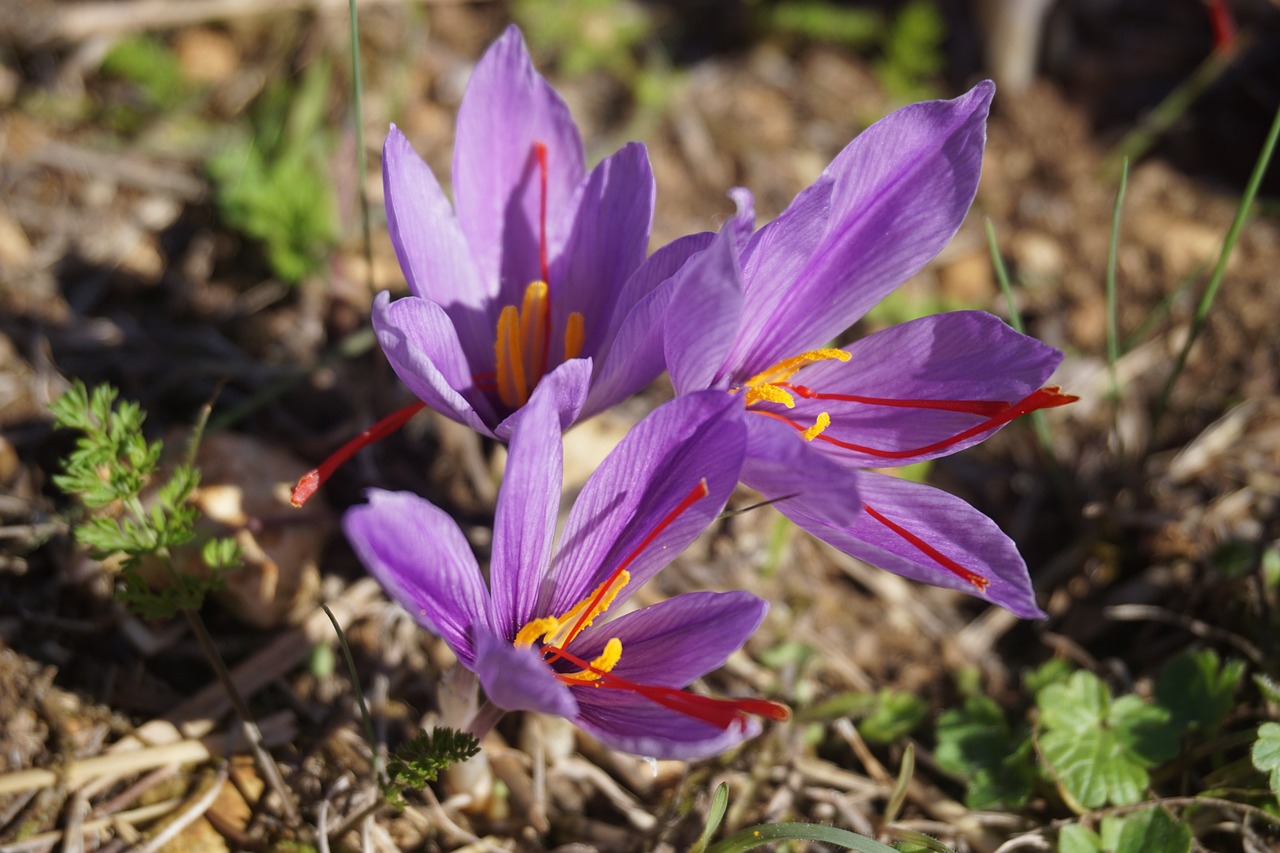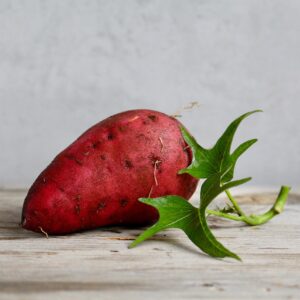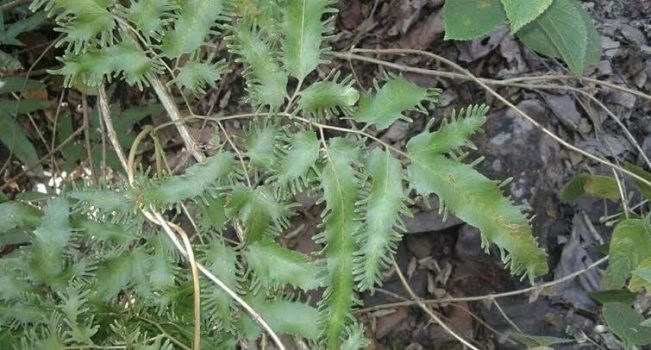 Pin
Pin Bhulan Bel Plant / Image by DarkLordofHeart from X
The Bhulan Bel Plant, also called “Bhoolan Bel” in some parts of India, is not just a wild creeper—it’s the stuff of local legends. Found mostly in the dense forests of central India, this mysterious plant is known to grow like a parasite on other trees. Its thin, curling vines might seem harmless, but villagers believe it carries a dark secret: it makes people forget everything. Yes, completely.
If someone walks through an area where this plant grows and accidentally brushes against it, they might suddenly lose their memory. They forget their purpose, where they were going, or even who they are for a while. This strange effect has made Bhulan Bel Plant a topic of fear and fascination. The keyword “Bhulan Bel Plant” keeps popping up on regional forums because of how bizarre the stories are.
People say the memory loss isn’t permanent, but it’s enough to cause chaos. Some sit down clueless in the forest. Others just wander off, confused.
Table of Contents
Local Beliefs and Superstitions Around Bhulan Bel Plant
In many tribal and rural communities, the Bhulan Bel Plant is not just another forest vine—it’s feared. Elders say it’s cursed, or even protected by spirits. You’ll hear stories of hunters or travelers entering the woods and returning with a blank mind, unable to recall their name or where they live. In villages, people warn their kids to stay away from the areas where this plant grows.
What’s wild is how consistent these tales are. Across different states—especially Chhattisgarh and parts of Madhya Pradesh—locals describe the same effects. They don’t trust science to explain it. For them, the Bhulan Bel Plant is alive in a way most plants aren’t. It’s treated almost like a ghost in vine form—respected, avoided, and never disturbed.
Even today, some villagers won’t cut or burn the plant out of fear something worse might happen. Instead, they mark those trees and change their paths. Superstition or not, the plant holds power over people—and it’s not just in their heads.
Scientific Views on Bhulan Bel Plant and Memory Loss
Most scientists and botanists are skeptical about the extreme claims surrounding the Bhulan Bel Plant. But they don’t dismiss it outright either. Some suggest the plant might release airborne compounds that affect brain function, especially when someone is exposed for too long. Others believe it’s not the plant itself, but the environment it grows in—thick forest, high humidity, low oxygen—that causes temporary confusion.
Still, no official studies have confirmed what exactly causes the memory lapses. It might be a mix of psychology and biology. Being lost in a dense forest, brushing past unfamiliar vines, and hearing scary stories could trigger panic, which then causes disorientation or short-term memory loss. But this still doesn’t explain why people forget even simple things after contact with the Bhulan Bel Plant.
A few researchers have collected samples, but testing them in labs hasn’t revealed anything toxic. That just deepens the mystery. Until someone finds solid proof, the Bhulan Bel Plant remains an unsolved case—a plant that messes with memory and logic.
Real-Life Encounters with the Bhulan Bel Plant
Ask any villager from Bastar or Dantewada in Chhattisgarh, and chances are they know someone who’s “been hit” by the Bhulan Bel Plant. These aren’t random gossip tales. People describe specific incidents—like a man heading to a weekly market, suddenly forgetting why he left home halfway through the jungle trail. Or kids playing near the forest who return home quiet and confused.
One story often told is about a local priest who unknowingly walked into a patch of Bhulan Bel while collecting herbs. He dropped everything, sat down on a rock, and didn’t speak a word for hours. When someone found him, he looked completely lost. It took hours before he slowly remembered his name and purpose. These stories travel fast, and every retelling adds a little more chill to the legend.
Even government forest workers have logged incidents where people go missing briefly, only to be found wandering with blank faces. These accounts keep the plant’s eerie reputation alive—and people stay cautious for a reason.
Where Exactly Is the Bhulan Bel Plant Found?
The Bhulan Bel Plant isn’t spread across all of India. It grows mostly in the deep forests of Chhattisgarh, particularly in districts like Bastar, Dantewada, and Kondagaon. Some sightings have also been reported in forested parts of Madhya Pradesh and Odisha. You won’t find it near highways or farmlands—it prefers thick, untouched jungle where few people go.
Locals can spot it easily. It wraps itself around trees, with thin yellowish or greenish vines that don’t look threatening at all. But those who know it keep a safe distance. Sometimes it’s mistaken for other common vines, which is why people new to the area might accidentally touch it. That’s when the stories begin.
Interestingly, forest guides often avoid going near known patches of Bhulan Bel. Even though there’s no official signboard warning people, the locals pass down the knowledge generation to generation. The fear is so real that entire trails are rerouted just to avoid it. That says a lot for a plant no one fully understands.
Why Bhulan Bel Plant Isn’t Studied More Seriously
Despite the strange stories and dozens of personal experiences, the Bhulan Bel Plant hasn’t been studied in depth by major research institutions. Part of the reason is access. These forests are remote, and sometimes unsafe due to political issues or wild animals. It’s not easy for scientists to set up long-term research there.
Another reason is funding. The plant isn’t economically valuable like turmeric or tulsi, so it doesn’t attract attention from pharma companies or agriculture boards. It’s seen as folklore more than a priority. Even local universities often don’t have enough support to do proper field studies. And when researchers do show interest, they struggle with getting consistent samples because the plant blends in so easily.
Still, that doesn’t mean interest is dead. Some independent botanists and local scholars are trying to document Bhulan Bel Plant and its effects. They believe science and tradition can work together to uncover the truth. Until then, the plant will stay stuck between myth and mystery.
The Role of Bhulan Bel Plant in Tribal Culture
For tribal communities, the Bhulan Bel Plant is more than just a mystery—it’s part of their culture. Some treat it with deep respect, almost like a living spirit of the forest. They believe the plant chooses who to affect, and that it only “punishes” those with bad intentions or wandering minds. It’s not just a plant to avoid, but one to honor.
In local festivals and oral stories, Bhulan Bel often appears as a symbol of nature’s power to humble humans. Some tribes even use it in small rituals, tying threads around it while praying for mental clarity. It’s strange to think a plant that causes forgetfulness is also used to seek wisdom, but that’s how layered tribal beliefs can be.
What stands out is how much trust these communities put into their knowledge. Long before internet or textbooks, they identified the plant, its behaviors, and passed it down. In a way, the Bhulan Bel Plant has shaped not just stories, but lifestyles of the people living closest to it.
How the Bhulan Bel Plant Got Its Name
The name “Bhulan Bel” comes from the Hindi word bhoolna, which means “to forget,” and bel, which means “creeper” or “vine.” So the name literally translates to “the vine that makes you forget.” It’s a name given not by scientists or researchers, but by regular folks who noticed the strange things that happened when people came in contact with it.
Names like this usually come from repeated experience. People didn’t name it because of a one-time event. They saw a pattern—people walked through certain forest patches, touched or passed by this vine, and soon after, they’d be lost, confused, or sitting down blankly. Over time, the vine earned its now-famous nickname: Bhulan Bel Plant.
Even those who don’t believe in the supernatural effects still refer to it by this name. That’s the power of folk knowledge—it spreads fast and sticks. The name is now recognized across multiple villages and even outside the states where the plant grows. It’s rare for a wild vine to be so well-known.
Can the Bhulan Bel Plant Be Used for Anything Else?
While most of the attention on the Bhulan Bel Plant focuses on its alleged memory-erasing powers, there is a lesser-known side to it. In some regions, people believe that certain parts of the plant might have medicinal properties. However, due to its strong association with memory loss, most people are too afraid to experiment with it for practical uses.
Some traditional healers claim that parts of the Bhulan Bel Vine, like its leaves or sap, have mild sedative effects. These claims aren’t backed by scientific research, but locals swear by them for helping people who have trouble sleeping or experience anxiety. The vine’s ability to “calm the mind” might be linked to its strange effects on memory and perception.
Despite these beliefs, you won’t find the Bhulan Bel Plant on any mainstream herbal medicine lists. The fear surrounding its potential to cause confusion is simply too strong, and this has stopped any serious exploration into its medical uses. For now, the Bhulan Bel remains a plant wrapped in mystery and caution.
The Future of the Bhulan Bel Plant: Myths or Medical Marvel?
The Bhulan Bel Plant, like many other mysterious plants of folklore, faces a curious crossroads. As more people from outside the region hear about it, the allure of its mythological and possibly medicinal qualities grows. But as of now, science hasn’t definitively proven or disproven the plant’s effects on memory. So, what’s next for the Bhulan Bel?
On one hand, increasing interest in the plant could lead to further research. If a study were to be funded and conducted, scientists might finally get to the bottom of the memory-erasing claims. However, that would require navigating not only the plant’s remote location but also the deep superstitions that surround it. Some locals might resist external involvement, while others might see the plant as something sacred that shouldn’t be tampered with.
If scientific research does get underway, there could be opportunities to study the plant for medical purposes—maybe not for memory loss, but for its other potential effects. However, the mystery surrounding the Bhulan Bel will likely remain for a long time. Whether myth, legend, or an untapped source of medicine, the Bhulan Bel Plant will continue to be a fascinating puzzle.
FAQs
The Bhulan Bel Plant, also known as “Bhoolan Bel,” is a vine found in the forests of central India. It’s known for its eerie effect on people—those who come into contact with it may experience temporary memory loss, forgetting where they are or what they were doing. Its mysterious nature has fueled superstitions and local legends, making it a fascinating subject of folklore.
The Bhulan Bel Plant primarily grows in the deep forests of Chhattisgarh, Madhya Pradesh, and Odisha. It thrives in remote, dense jungle areas, often wrapped around trees, and is not commonly found near urban areas or agricultural land. Locals are familiar with its appearance, while outsiders are often unaware of its presence.
No, the memory loss caused by the Bhulan Bel Plant is not permanent. People who come into contact with the plant may experience temporary confusion or memory lapses, but these effects usually wear off after a short period. However, the plant’s ability to cause disorientation has made it the subject of many local myths and superstitions.
While there is some curiosity about the plant, scientific studies on the Bhulan Bel are limited. Researchers have not yet confirmed any definitive cause for its memory-altering effects, and much of the knowledge about the plant is passed down through folklore. Some scientists suggest environmental factors or psychological reactions could explain the phenomenon, but the plant’s true effects remain a mystery.
Though there are some local beliefs that parts of the Bhulan Bel Plant might have medicinal uses, such as helping with anxiety or sleep issues, these claims have not been scientifically verified. The plant’s association with memory loss has overshadowed any potential medicinal applications, and it’s not widely studied or used in traditional medicine.

